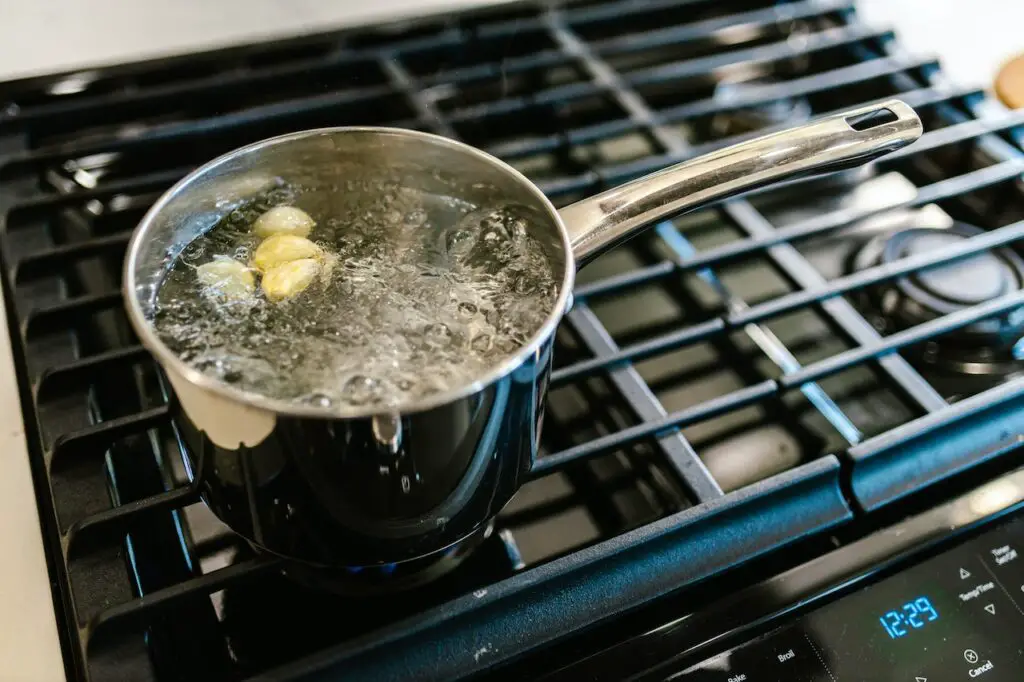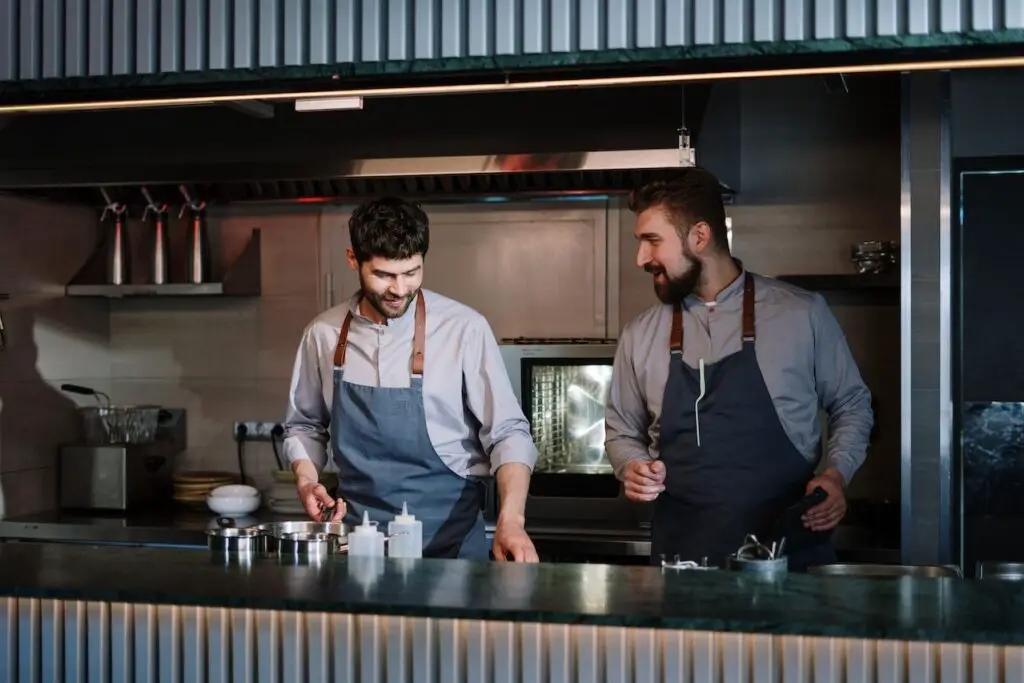As an Amazon Associate we earn from qualifying purchases.
Those who know how to cook food using the sous vide believe that it is a simple concept. If you have recently heard about this technique, you may wonder how sous vide differs from boiling. You can find the answer if you get to know how this technique works.
Quick Navigation
How Is Sous Vide Different From Boiling?
Sous vide is different from boiling because this method does not remove nutrients and juices from the food. If you sous vide meat, the fat, nutrients, and juices will remain in the bag making the texture soft and tender. On the contrary, boiling causes all the food’s nutrients, fat, and even flavor to dissolve in the water.

Any meat or poultry can be cooked with this method to restore the rich flavors because the meat is in a vacuum bag. On the contrary, boiling food in a bag would mean there is water in the bag with the meat, and it is not vacuumed.
Sous vide means under vacuum, so this method can never be similar to boiling because:
- The meat and the spices or other ingredients are the only contents of the bag
- The bag will be vacuumed
- This bag will be under water at a particular temperature. However, the water will not be touching the food and cannot enter the bag
What Makes This Technique Different From Boiling?
Water boils at 212⁰ Fahrenheit, which is not the most favorable temperature for cooks to use for steaks, filets, or any other kind of recipe. The ideal temperature for cooking these kinds of meats is less than 150⁰ Fahrenheit.
Moreover, to boil, you can let the food item and water heat together until they reach the boiling point and the water begins to bubble. With the special French cooking style, the water temperature in the water oven or pot must be constant. Before immersing it in the vacuum bag, you will have to preheat the water.
This cooking technique is unique and does not require constant attention, as you can leave the sous vide food for hours in a bag underwater. It will not simmer, the water will not boil, and there is no danger of burning. However, for boiling, you will need to watch the water evaporate slowly.
The Difference in Results
The difference in results in food cooked by boiling and sous vide can be drastic. First, the special vacuum cooking technique will cause the meat’s fat to melt, which begins to cook the surrounding flesh. This makes the meat tender without it losing its soft texture. Using this technique, you can cook all kinds of meats, including seafood.
On the contrary, boiling removes all the fat as it melts, and the meat becomes rubbery and chewy and loses all the flavoring of spices that you may have used as a marinade. The result can be a hard, bland, and dark-colored steak with stock around it due to all the nutrients draining into the water.
The difference between a steak made in a vacuumed plastic bag underwater and a boiled steak can be summarized in some prominent ways:
- Boiling can overcook the food
- The natural flavor of meat dies
- Tough and dry texture results when you leave the meat in a pot of boiling water

Sous Vide Cannot Boil Water
Several people must understand that the water oven used for this special slow cooking technique shouldn’t be boiling, and then the sous vide bag is lowered into the pot. That’s not so. This type of cooking method requires low water temperatures to get the desired results.
This way of preparing meats and other foods ensures a soft, rich, and moist texture. Boiling water will not serve the purpose, hence, if you use boiling water with a vacuum bag, there are better ways.
Sous vide emphasizes constant and low water temperatures, not just a vacuum bag. If done properly, the desired texture is achievable easily, while the time for preparation varies with every food type.
Related Questions
If you still need clarification about whether you should boil food, or prepare it with this French technique, be sure to read what experts have to say when asked about these two cooking styles. Many of the ambiguities will clear out by following what other cooks are asking:
How Does This Method Not Boil Water?
This special technique does not boil water because the cookers are designed to maintain temperatures within the range of 120⁰Fahrenheit and 180⁰ Fahrenheit. This temperature range is what is needed to prepare various kinds of foods.
If you use a conventional, homemade sous vide setup, the temperature can be maintained by pacing the pot on a hotplate with a set temperature. The water will only heat up to the set mark and will not start bubbling.
Why Do Chefs Use This Cooking Style?
Chefs in restaurants use the sous vide cooking technique of using vacuum bags in heated water to get precise results every time. They can choose the temperature and maintain it. This way, you get the same taste and texture every time you order your favorite steak or meat portion.
Does Sous Vide Meat Taste Better?
Yes, foods made in this style, including meats, taste better because they have all the nutrients intact. Moreover, the juices from the meat do not drain into the water as they do in boiling. The result is tender and juicy meat.
When cooked with this style, the meat will be evenly cooked as the vacuum bag gets heated from all sides due to the warm water around it. When you cook meat on a stove, oven, or by boiling, the heat is only sometimes distributed evenly around and inside the meat portion.
Conclusion
When people try to learn a new cooking technique, they ask all kinds of questions. While learning about this special style of preparing food, many people ask, ‘how is sous vide different from boiling?’ You should know what each method entails to follow it correctly.
